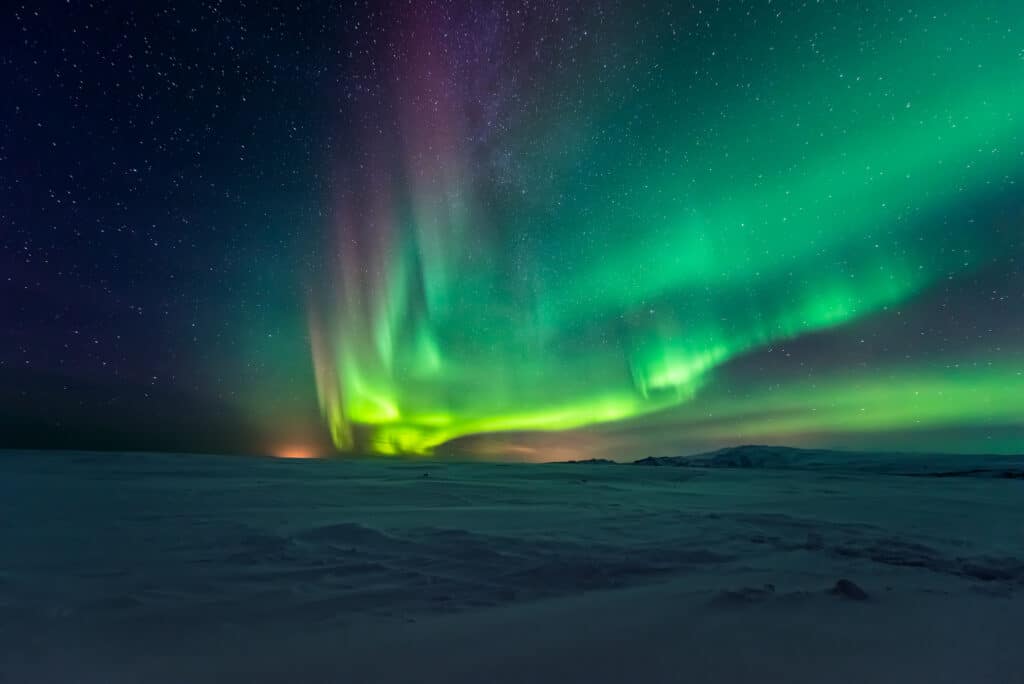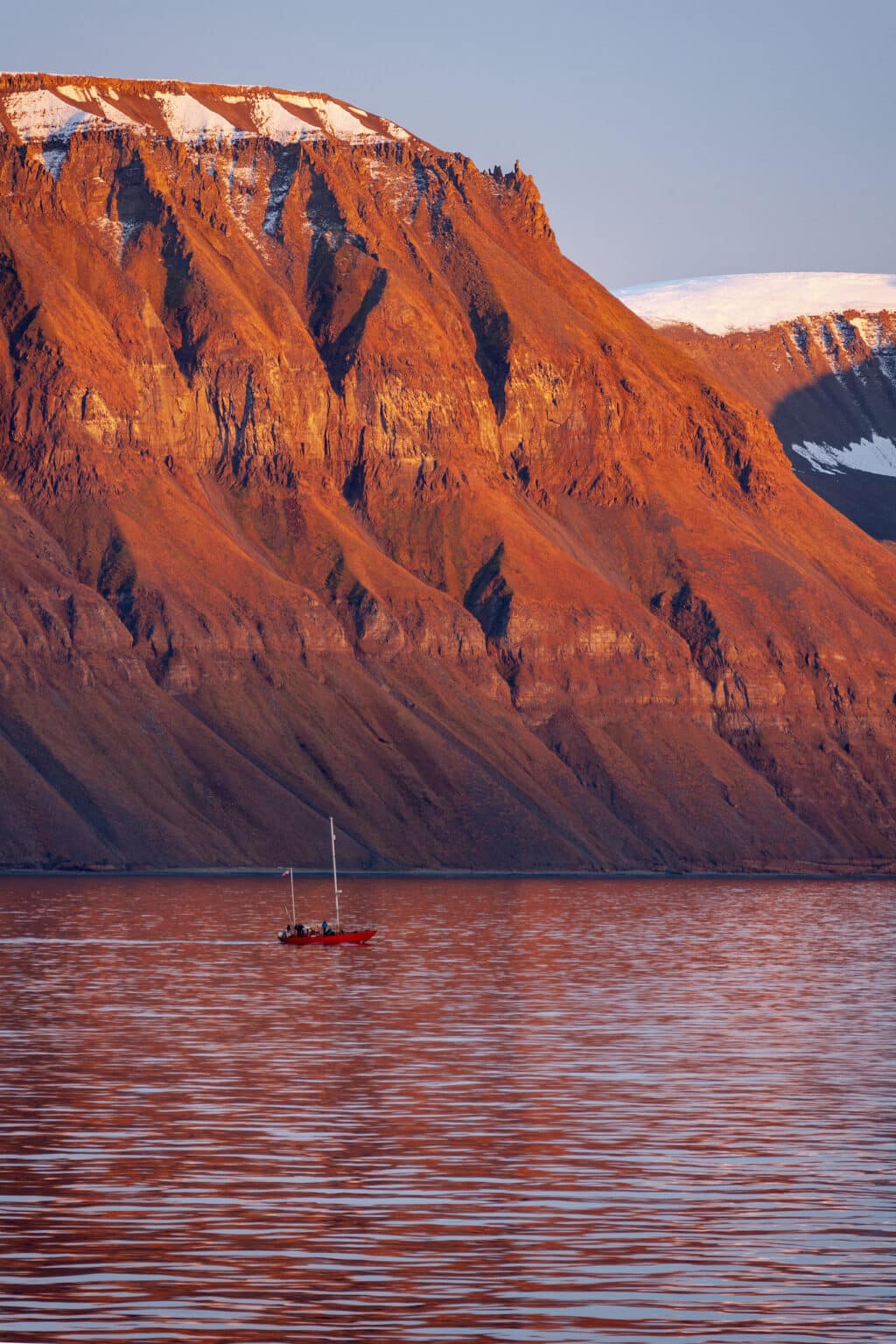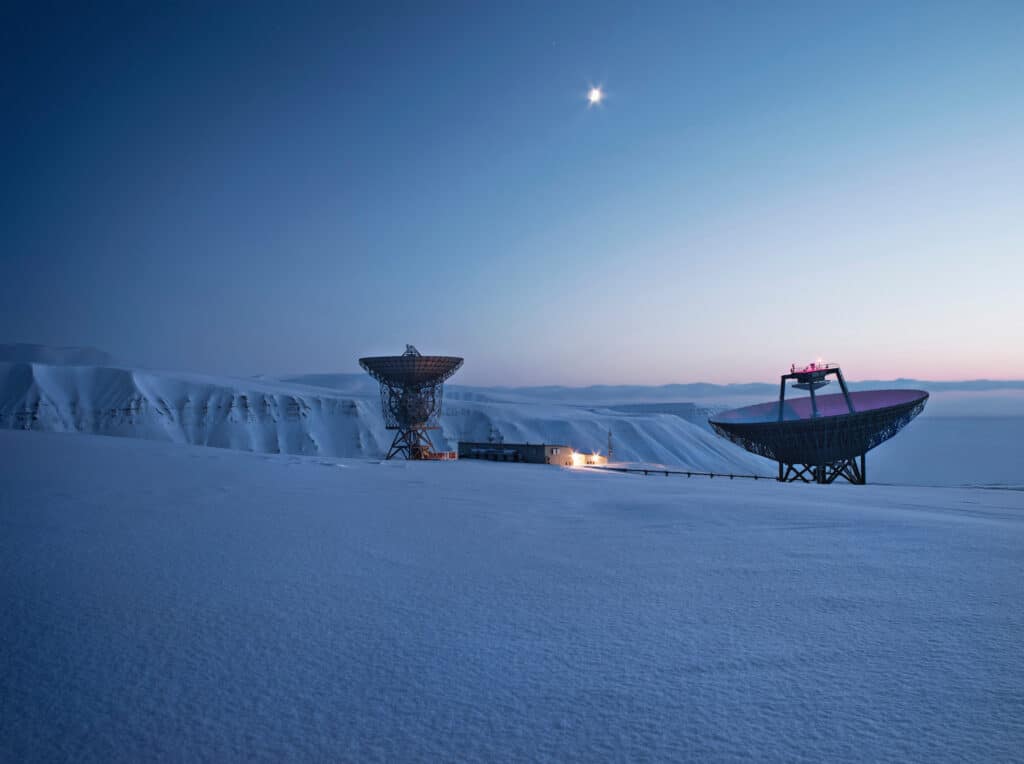From late October to mid-February, Svalbard experiences the Polar Night, a period when the sun remains below the horizon. This eternal darkness creates the perfect backdrop for stargazing. Free from light pollution, the Arctic night sky is a dazzling spectacle of countless stars, planets, and other celestial bodies.
Svalbard, lying in the heart of the Aurora Zone, offers one of the best vantage points for witnessing the Northern Lights. This stunning light show, caused by solar particles interacting with the Earth’s magnetic field, fills the Arctic sky with undulating curtains of green, pink, and violet. Witnessing the Aurora Borealis is an unforgettable experience and a highlight of Svalbard’s Polar Night.

With clear, dark skies for much of the year, Svalbard is a haven for astronomers and stargazing enthusiasts. The archipelago’s high latitude provides an excellent view of circumpolar stars and constellations that never set, such as Ursa Major (the Great Bear) and Cassiopeia. With a good telescope, one can even glimpse distant galaxies and nebulae.
Contrasting the Polar Night, Svalbard has a period of Midnight Sun from mid-April to late August, when the sun doesn’t set. While this means traditional stargazing is out of the question, it does provide a unique opportunity for observing phenomena such as sunspots and solar flares using specially designed solar telescopes.

Svalbard’s proximity to the North Pole has made it an ideal location for space-related activities. SvalSat, located near Longyearbyen, is the world’s largest commercial ground station for satellite communication. While not open for public tours, it’s an integral part of the global scientific infrastructure and contributes to Svalbard’s space heritage.

The Arctic night sky of Svalbard is an endless source of wonder, offering celestial sights that few places on Earth can match. So, wrap up warm, step outside, and lose yourself in the astronomical marvels of the High Arctic.
